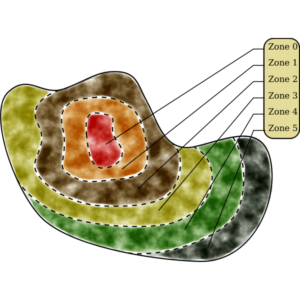
(Creative Commons Image)
One of the most important aspects of conducting a thorough process of observation is that it allows the designer to assess the energy of a site. Far too often, when people think about energy, they limit themselves to the electricity in their homes or the fuel in their cars. In Permaculture, however, energy is a multifaceted concept. Plants and animals (including humans) need nutritional energy to function, and they can return energy back to the system in the forms of carbon, nutrient-cycling, and even physical labor. The wind and water flowing through a site are forms of energy, and the sun’s rays provide fluctuating degrees of energy to a site depending upon the time of day or the time of year.
The main aim of a Permaculture Designer is to assess these energies and determine whether we want to welcome them onto the site, block them, slow them, store them, or allow them to pass through. Natural patterning helps us with this process. Hedgerows and windbreaks may help to block or slow the prevailing winds, while mountains and cliffs may act as wind-tunnels to help channel and intensify this energy for the use in wind turbines. Rivers, streams, and water runoff from existing structures may be able to be harnessed to provide the potential for water harvesting, irrigation, or hydro-electric generation. There may be areas on sites which we want to leave exposed to full sun (e.g., sun-loving crops, solar panels, natural heating, etc.), while other areas where we may want to provide shade (e.g., shade-tolerant crops, natural cooling, outdoor recreation or learning areas, etc.).
A good Permaculture designer is principally concerned with energy conservation. Considering that sustainability is achieved when the energy outputs of a system surpass the energy inputs required, efficient design strives to create ‘closed-loop’ systems in which the needs of that system are being provided by the system itself. A simple example of this would be the raising of small animals or livestock. The manure from these animals can be harvested and composted to increase the nutritional value of the soil, which, in turn, can be used to increase the growth and production of vegetation, which can then be returned to the animals as a food source and to create more manure.
To help us think through the process of conserving energy and creating ‘closed-loop’ systems, Permaculture provides a template referred to as Zones. Zones are simply a guideline for helping us think about how to use energy sources and resources to their fullest potential. They can be scaled up or down depending upon the size of the site being designed, but the thought-process remains the same. There are six zones which are often referred to in Permaculture design and they are as follows:
Zone 0-0
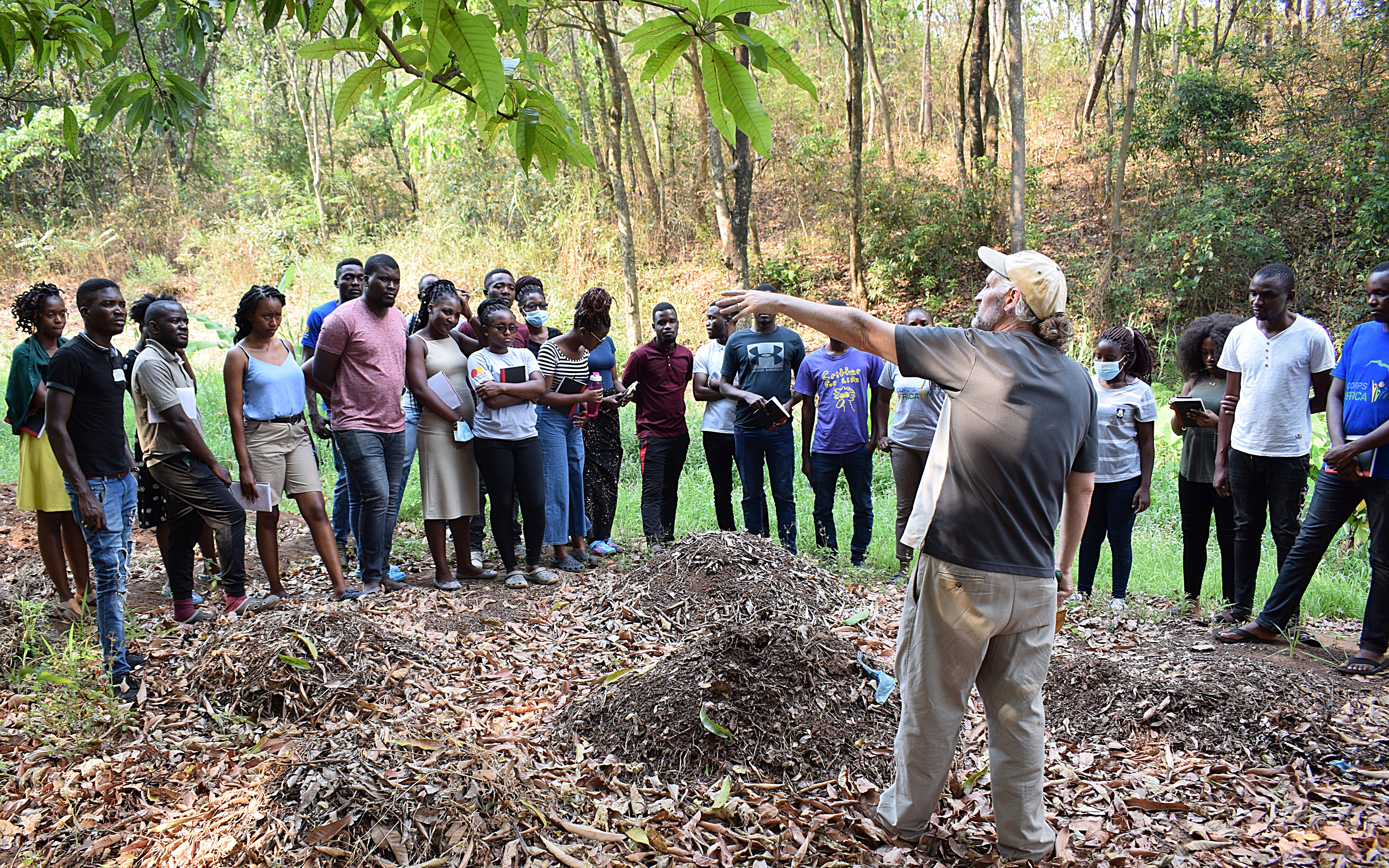
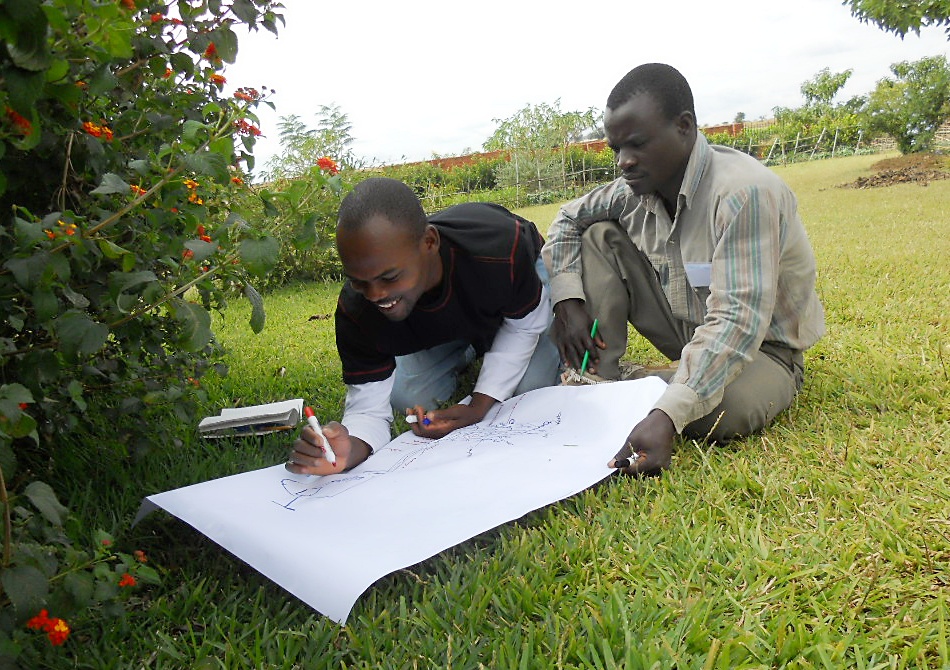
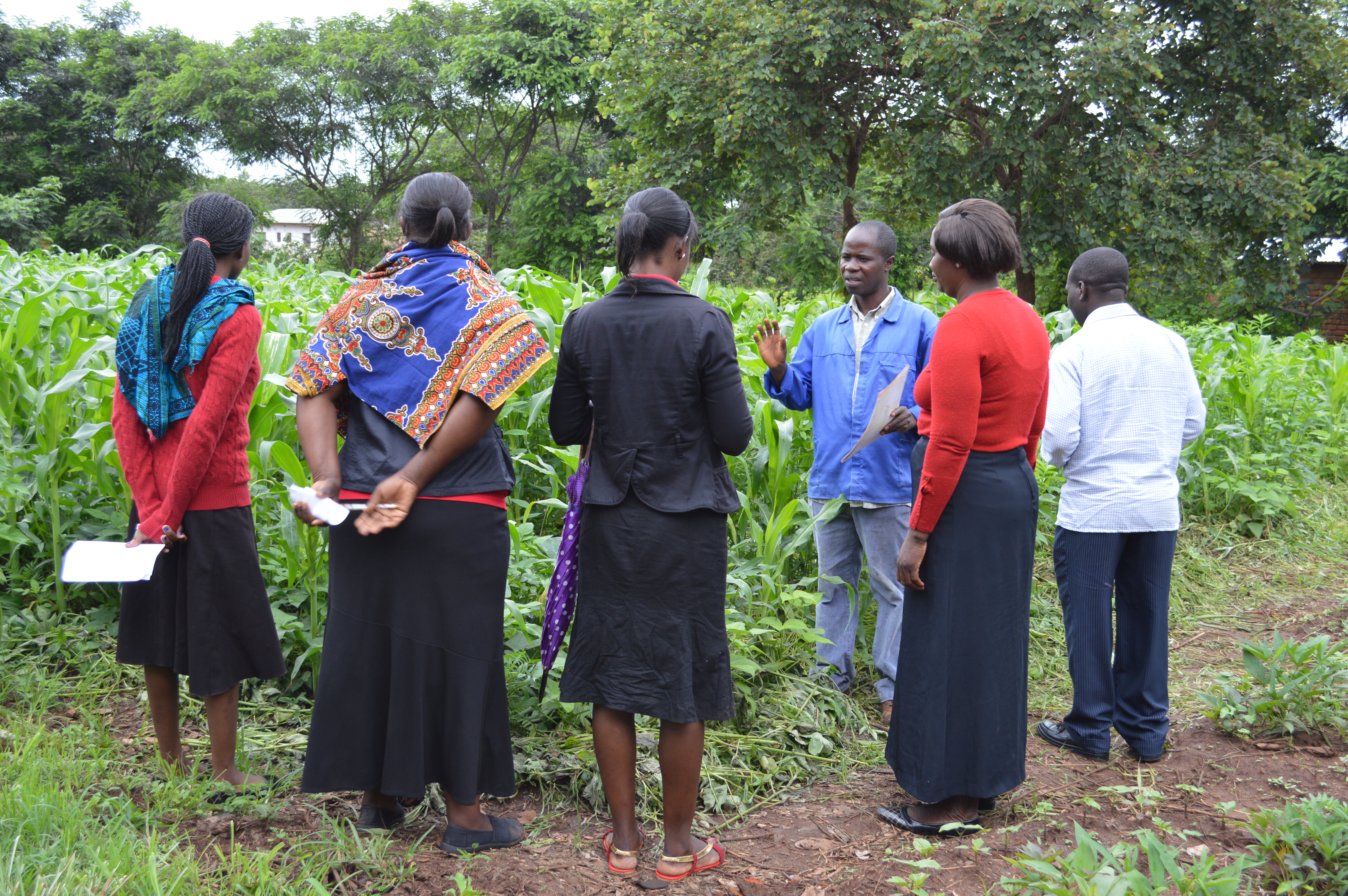
‘Zone 0-0’ is the human element. For a designer to be able to implement and reap the benefits from the establishment of sustainable systems, they need to be able to maintain adequate levels of physical health, energy, strength, and determination. In Zone 0-0, there are several aspects which should be taken into consideration: healthy and balanced nutrition, clean air and water, exercise, mental and spiritual health, education, etc. The design of any site should reflect the needs of the people who are using the site.
Zone 0-0 is also where we can begin to look at tapping into the energy, creativity, and problem-solving capacity of individuals. By organizing individuals for the betterment of the community as a whole, we are reminded of the saying, ‘Many hands make for light work.’ Providing for the nutritional needs of a small family may prove less of a challenge than trying to provide for the needs of an entire school, business, or urban city, but we’ve also found that it is often easier to get a community to become food-secure rather than a single individual who is struggling to meet of all their needs within an isolated island of scarcity. As more and more individuals join together to create systems of abundance, the surplus becomes a shared asset.
Take, for instance, Havana, Cuba. With the collapse of the Soviet Union in 1991, Cuba was forced into becoming less reliant on outside inputs, such as fossil fuels and fertilizers, and more self-reliant on sustainable and low-input forms of food production. The government of Cuba encouraged residents to begin putting as much land under production as possible through the use of crop residues, household organic matter, and animal manure. Havana has a population of over 2 million people, but through political will and innovative design strategies the city began to make incredible strides towards sustainably providing for the needs of the city’s inhabitants. According to a fact-sheet published by FAO on urban farming in the Havana area, it is now estimated that:
“The city’s urban and peri-urban agriculture sector includes five agricultural enterprises, which manage some 700 crop farms, 170 cattle farms and 27 tree production units, two provincial companies specializing in pig and livestock production, 29 agricultural cooperatives, and 91 credit and service cooperatives that grow flowers and vegetables and raise small animals. The total area under agriculture in Havana is estimated at some 35,900 ha, or half the area of Havana Province. Production in 2012 included 63,000 tonnes of vegetables, 20,000 tonnes of fruit, 10,000 tonnes of roots and tubers, 10.5 million litres of cow, buffalo and goat milk and 1,700 tonnes of meat. In addition, 89,000 backyards and 5,100 plots of less than 800 sq m are used by families in the city to grow fruit, vegetables and condiments and to raise small animals, such as poultry and guinea pigs, for household consumption. In densely populated areas, food is produced in containers on rooftops and balconies. In all, some 90,000 Havana residents are engaged in some form of agriculture.”[1]
Each individual, community, and country need to be able to assess their resources, learn how to use these resources to their fullest potential, and then integrate these resources into designs for a sustainable future. This takes a merger of urban areas (congregations of people, ideas, technology and innovation), with rural areas (agriculture, nature, and unique geographies). This merger is not found within the establishment of ‘suburbs,’ but rather within the understanding that rural and urban are both reflections of the same ultimate desire of humanity to reach their fullest potential. In 1902, the author Ebenezer Howard wrote a book entitled, Garden Cities of To-morrow, in which he stated:
“The town is the symbol of society—of mutual help and finally co-operation, of fatherhood, motherhood, brotherhood, sisterhood, of wide relations between man and man—of broad expanding sympathies—of science, art, culture, religion. And the country! The ‘country’ is the symbol of God’s love and care for man. All that we are and all that we have comes from it. Our bodies are formed of it; to it they return. We are fed by it, clothed by it, and by it we are warmed and sheltered. On its bosom we rest. Its beauty is the inspiration of art of music, of poetry. Its forces propel all the wheels of industry. It is the source of all health, all wealth, all knowledge. But its fullness of joy and wisdom has not revealed itself to man. Nor can it ever, so long as this unholy, unnatural separation of society and nature endures. Town and country must be married, and out of this joyous union will spring a new hope, a new life, a new civilization.”[2]
This helps to illustrate the immense energy potential stored within Zone 0-0. Many people talk about the growing problems of population pressure, especially in a country like Malawi which has now reached a population of over 19 million. While it is true that a large population can place a strain on the equitable distribution of resources, on social services, and on natural ecosystems; it is also true that if we can get 19 million people to become part of the solution, rather than part of the problem, then all of a sudden we could have 38 million hands implementing solutions, such as: planting trees, making compost, mulching the soil, restoring riverbanks, diversifying crops, saving seeds, sharing information, raising animals, harvesting water, installing solar panels, building worm farms, establishing public food forests, organizing communities, planning cities, etc.
Malawi often gets a bad reputation for its unacceptable levels of deforestation. According to another FAO publication, entitled The State of the World’s Forests 2018, wood fuel constitutes 90 percent of the energy supply in Malawi, while only 3 percent of households reported using forest diversification to help meet the challenges of climate variations, energy, and food security.[3] On the other hand, if everybody in Malawi decided to plant one tree, the nation could have 19 million more trees…today. As Margret Mead once said, “Never doubt that a small group of thoughtful, committed citizens can change the world; indeed, it’s the only thing that ever has.”
Zone 0
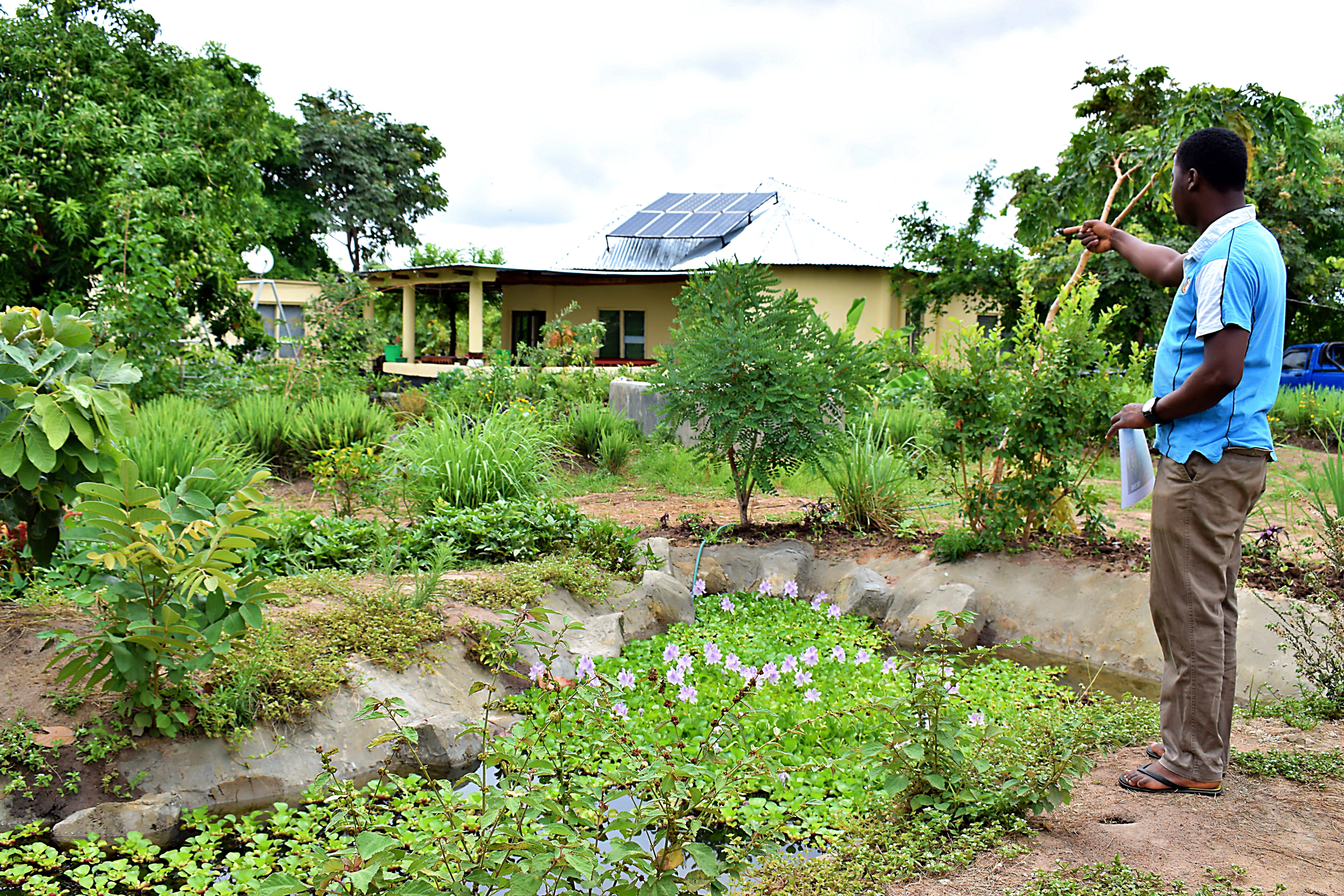
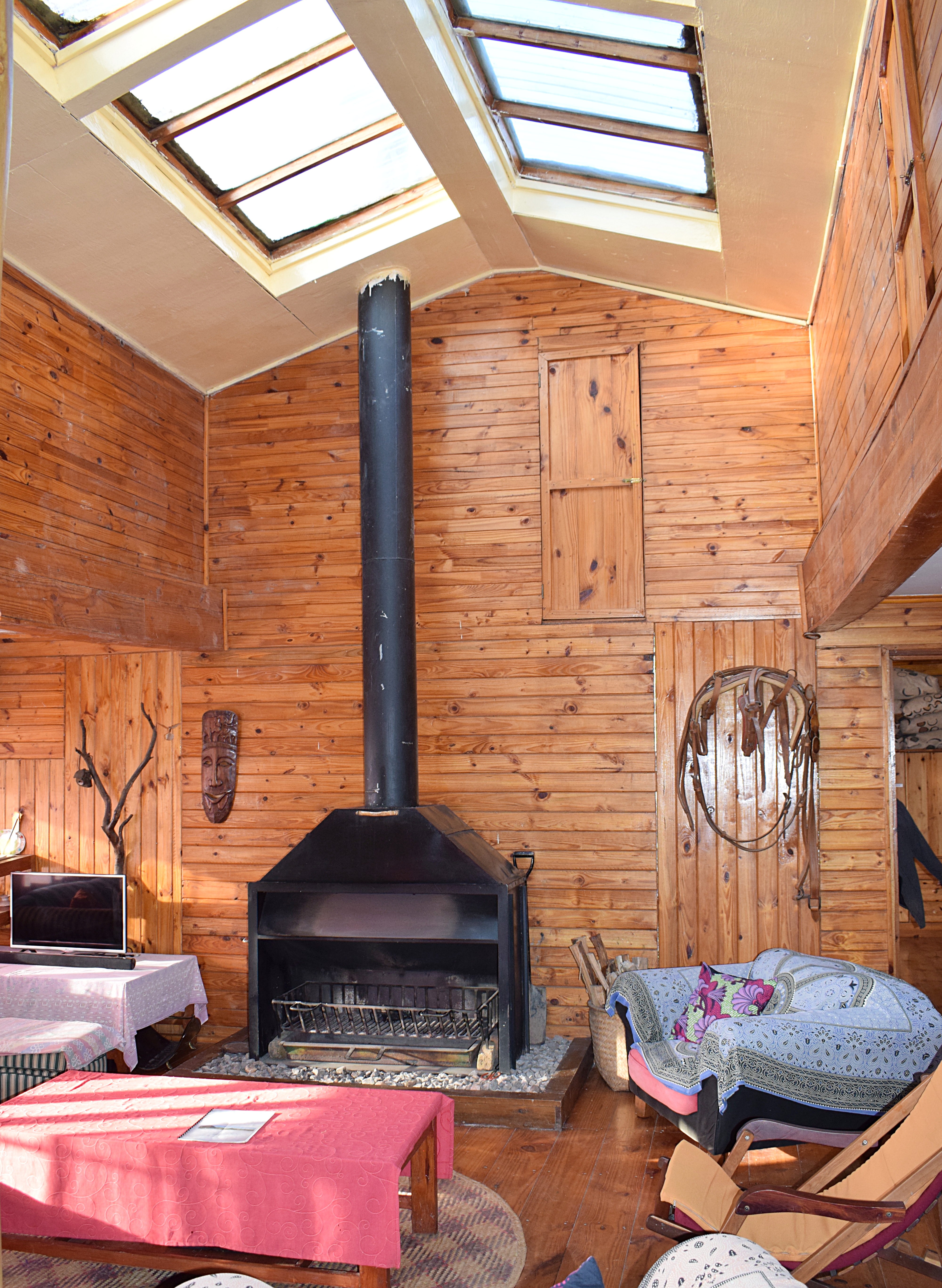
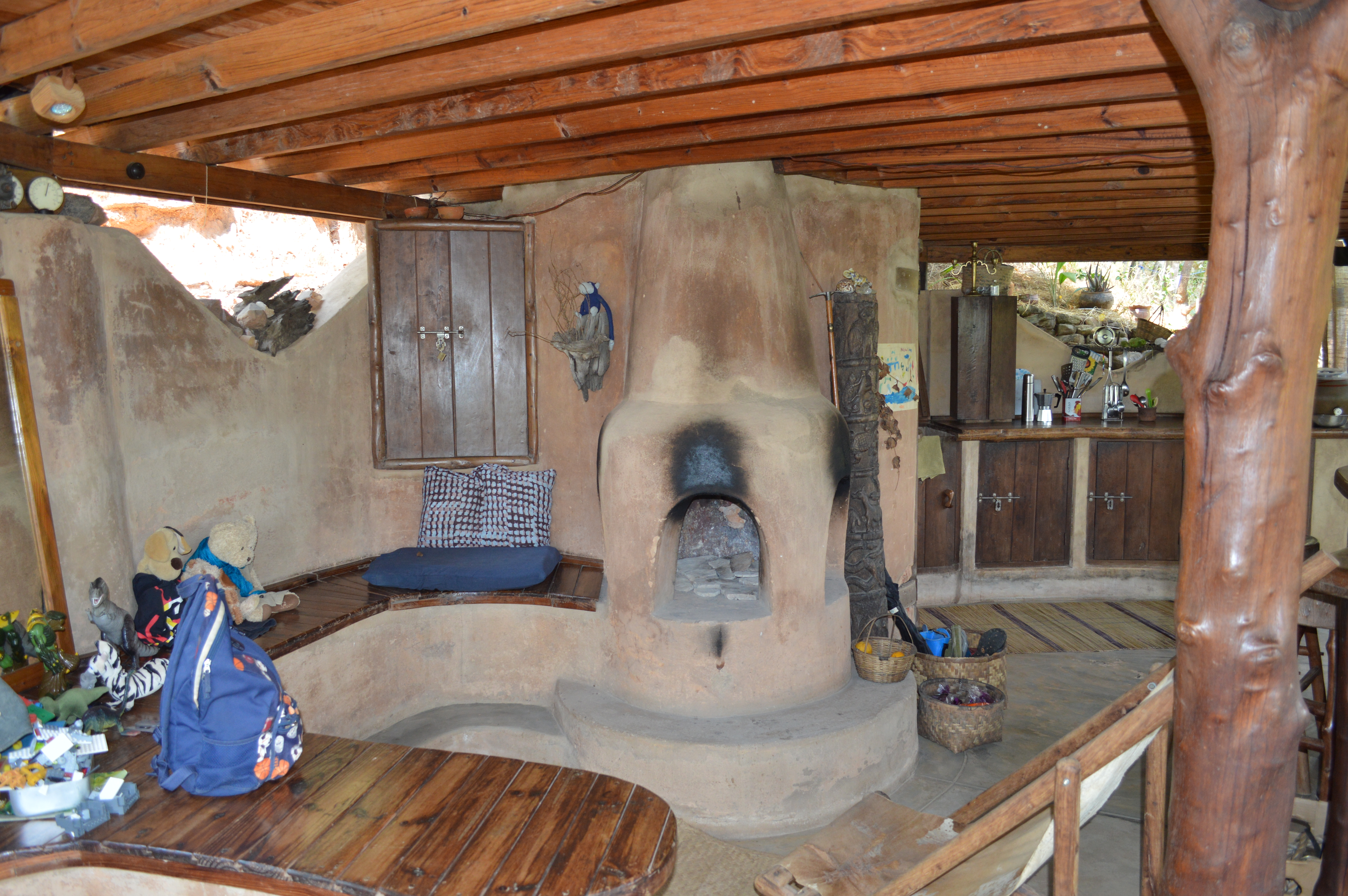
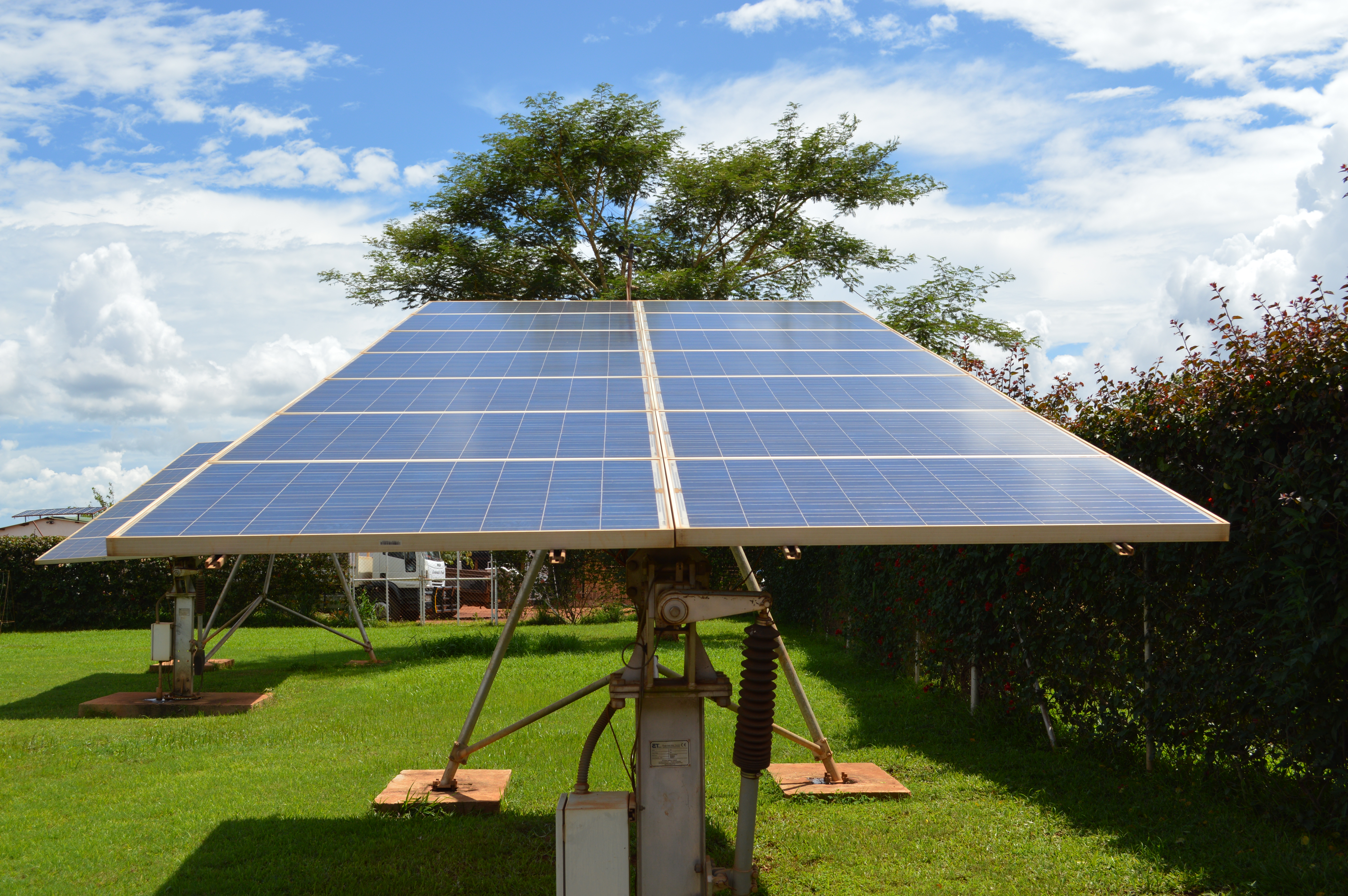
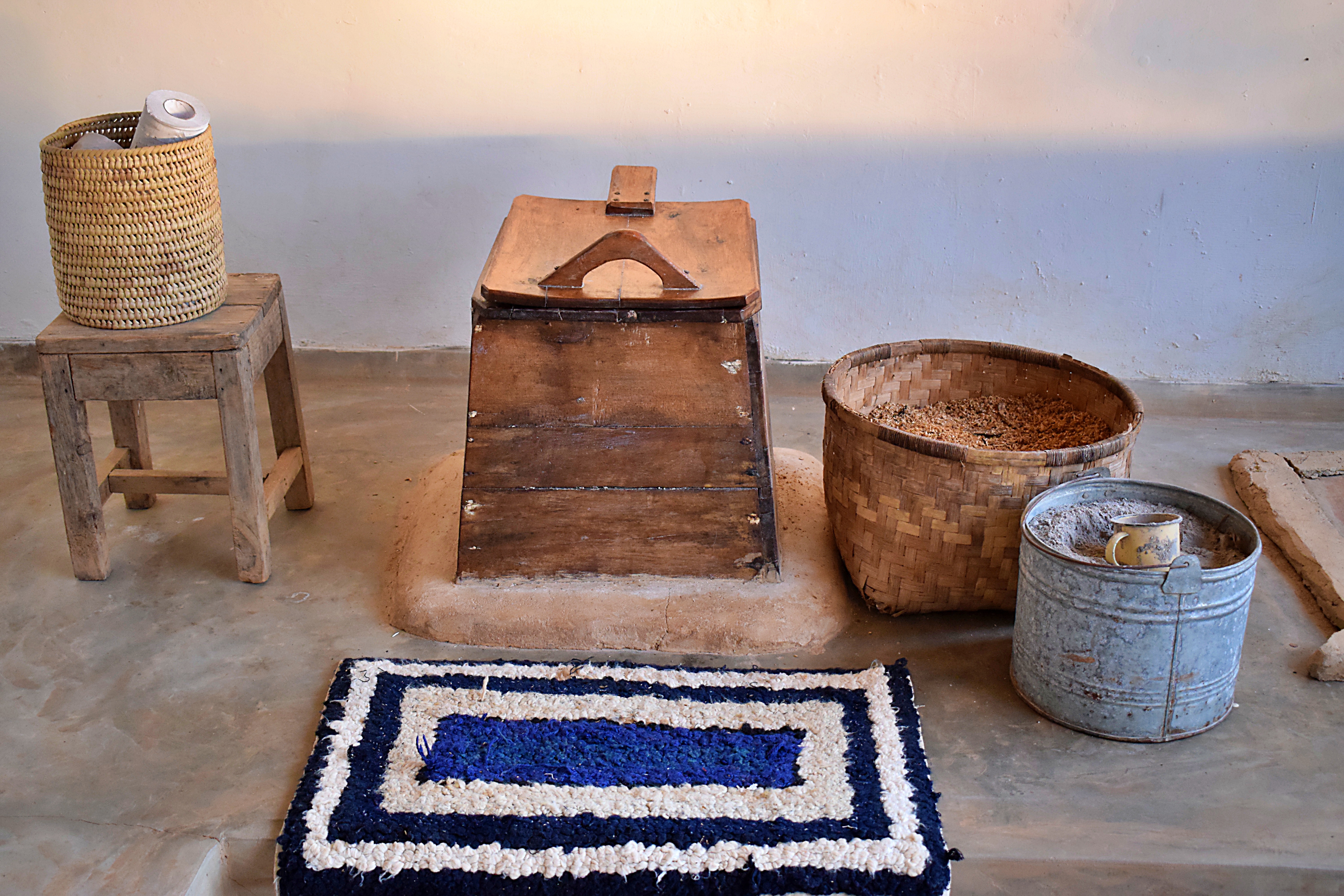
‘Zone 0’ is the ‘starting point’ of any design. When you take time to observe a site, whether it’s a rural farm, a house in the city, or the entire city itself, you will begin to notice hubs or concentrations of energy. These are generally areas where people are gathered, where work is being done, and where resources are being used or discarded. The most typical Zone 0 starting point is often a home, but it could also be a kitchen at a school, a particular ward at a health center, or even a borehole where people are gathered together to collect water. The reason that Zone 0 is important is that it often produces energy and resources which can beneficially be put to use in other zones. If we take a typical house as an example of Zone 0, a designer would want to assess the energy being used in that house and see if there might be ways to conserve it and make it more sustainable. This might include installations of things like solar panels, geothermal heating/cooling, rooftop wind turbines, composting toilets, or just simple ideas like increasing natural lighting, installing breeze-blocks for ventilation, and making sure that kitchen waste is properly separated for use in composting, worm farming, and recycling.
On a larger site or within urban areas, you may find that you have multiple Zone 0 areas within the boundaries of the site. At a school, for instance, you may find that there is an accumulation of energy and resources near a water tap, near a classroom, near a kitchen, or near a school garden. You may determine that some, all, or even none of these areas should be designated as Zone 0 starting-points, depending upon the circumstances of the site and the long-term objectives of the design being created. In cities, you may find that there are hundreds or even thousands of Zone 0 areas. If you break your designs into smaller, more manageable areas, it may be helpful in maximizing the potential of these hubs of concentrated energies and resources, but don’t lose sight of the fact that each Zone 0 is part of a greater whole and intricately connected to all other areas.
Zone 1
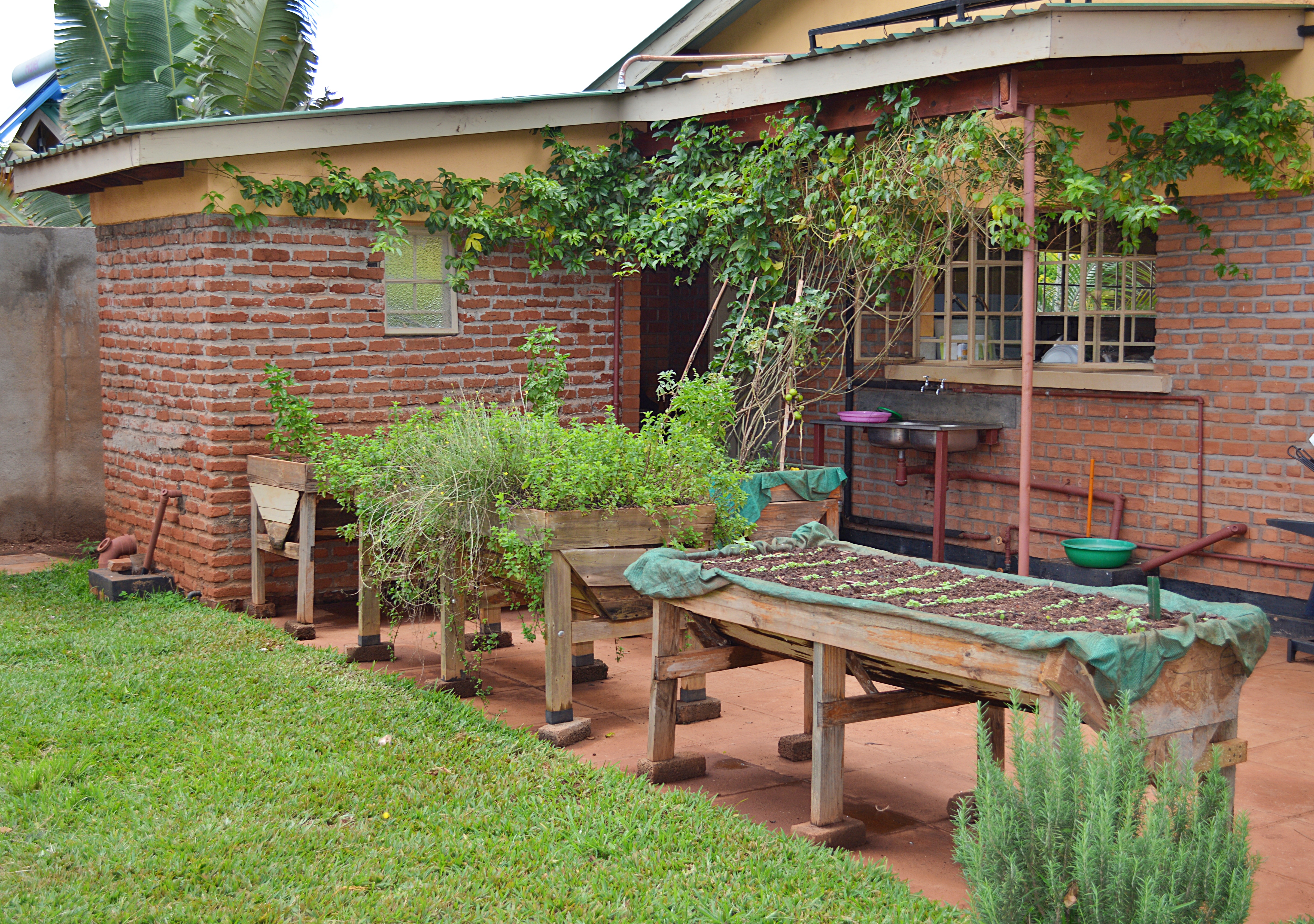
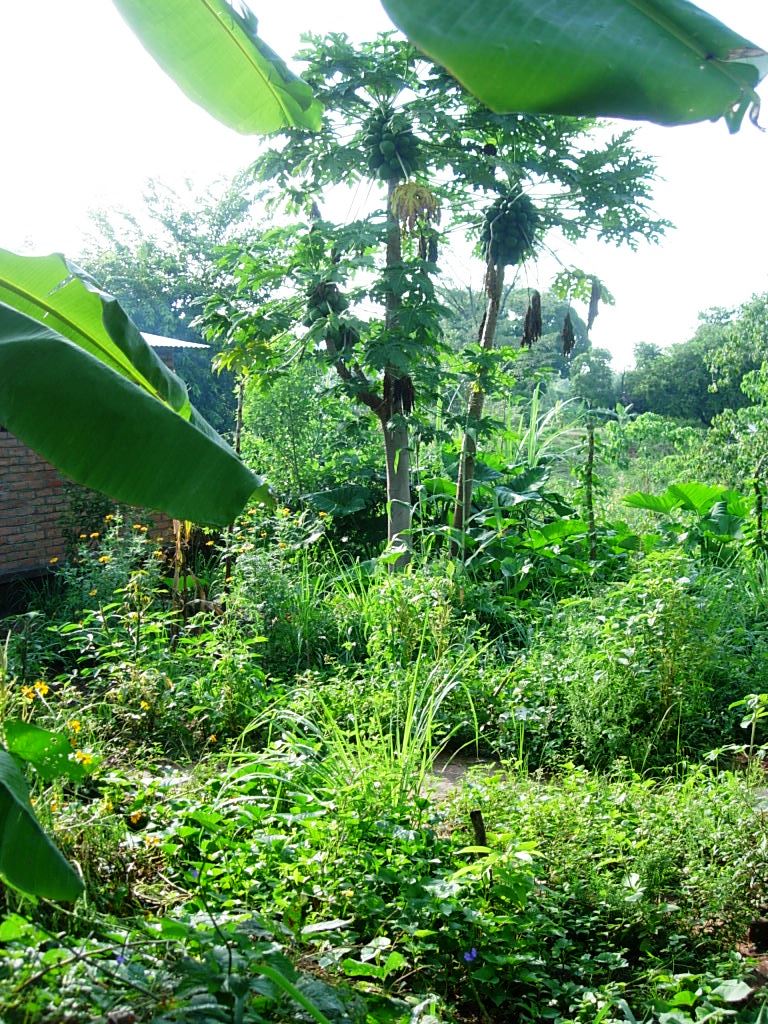
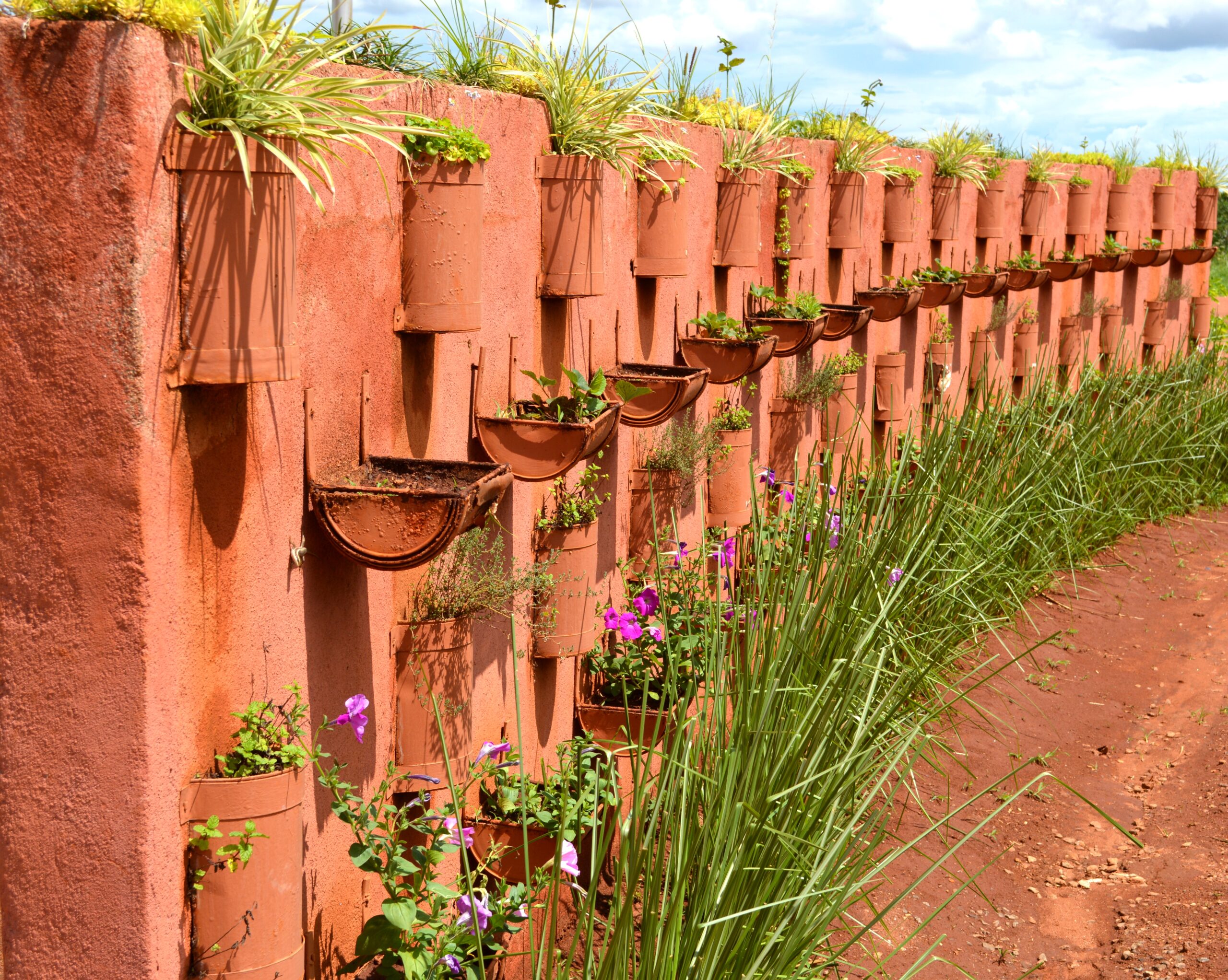
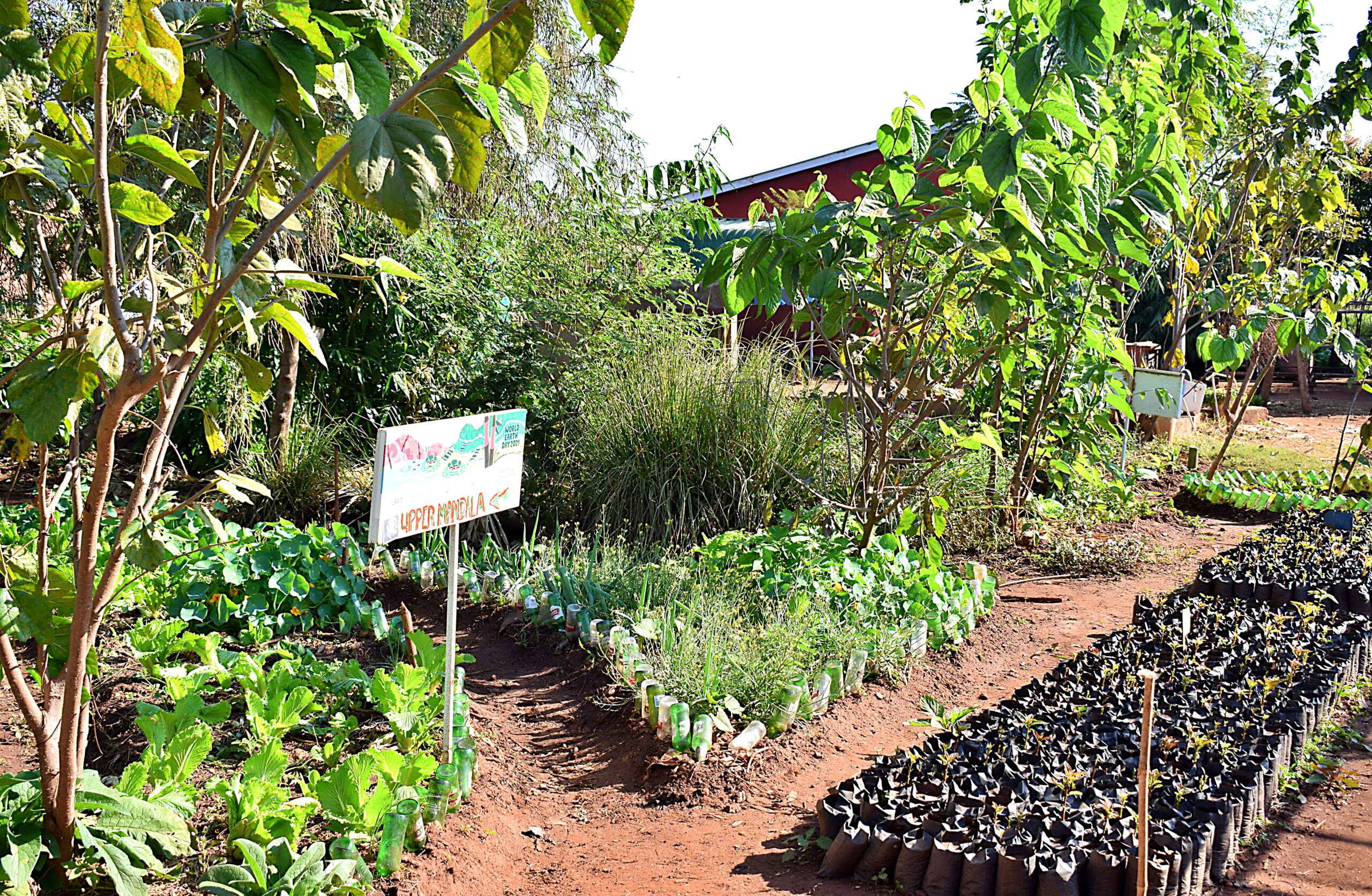
To take advantage of the energy and resources being generated in Zone 0 areas, Permaculture strives to locate things which are used more often, visited more frequently, or take a bit more work, closer to these areas. This is referred to as ‘Zone 1.’ For instance, if you had a garden which you might want to irrigate throughout the summer months or through dry seasons, you probably wouldn’t want to have to carry water or walk long distances every day. By placing plants, animals, and certain structures closer to Zone 0, you can ensure that you are taking full advantage of Zone 0 resources (e.g., grey water, kitchen scraps, human energy, etc.) while conserving energy at the same time. Some examples of Zone 1 designs might include: kitchen gardens which can provide vegetables, spices, herbs, legumes or fruits closer to where they will be used; simple grey water purification systems to reuse water from the kitchens or bathing areas; composting bins; composting toilets; worm farms to take advantage of left-over kitchen scraps; water features to encourage beneficial predators and pollinators (e.g., frogs, toads, birds, lizards, bees, butterflies, etc.); and soak away pits (which can be planted with water-loving species) or water harvesting tanks to collect and store water from Zone 0 structures for longer periods of time. In Zone 1, you may also have systems which feed energy back into Zone 0, such as biogas digesters, free-standing wind turbines, or larger solar panel structures.
Zone 2
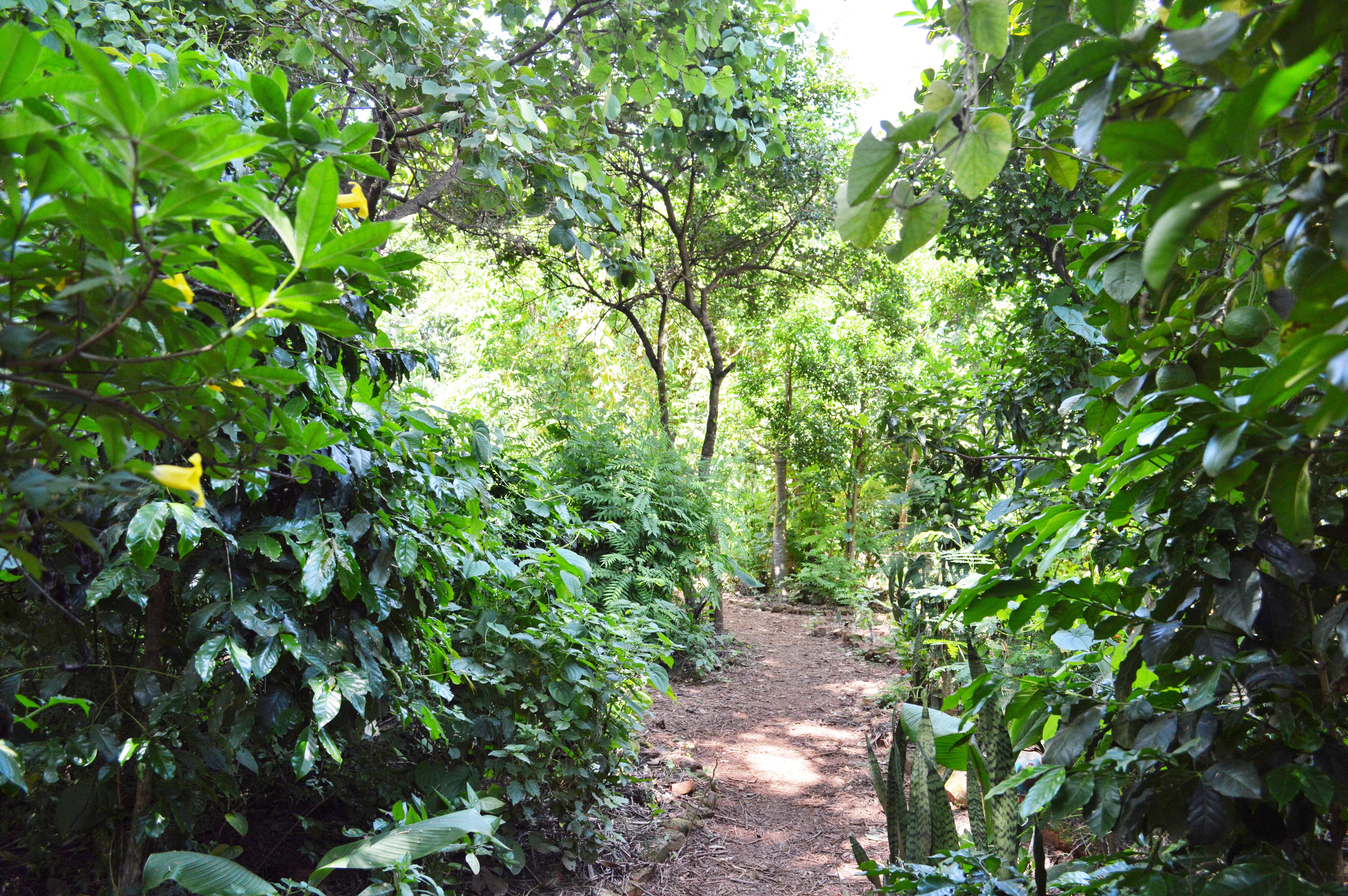
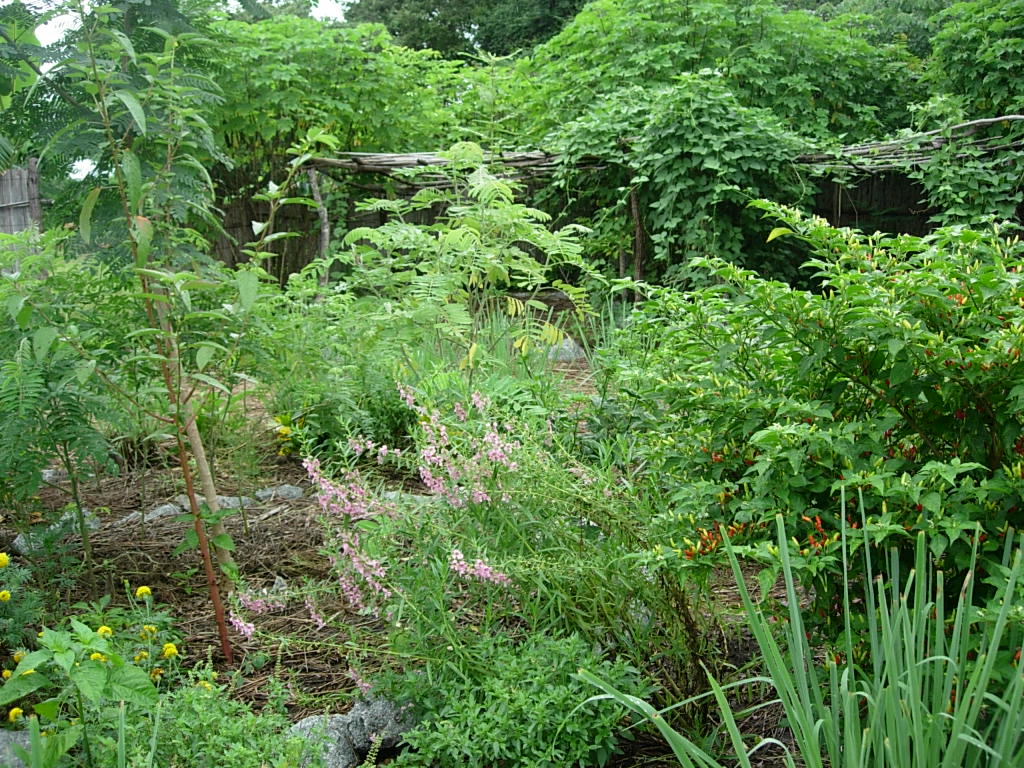
As you move further away from Zone 0, the energy requirements needed to manage the system should also decrease. ‘Zone 2’ generally consists of deeper-rooted perennial crops which can make it through seasonal changes with minimal care and attention. Tree crops are ideal for Zone 2 and fruit orchards are frequently planted in these areas. Trees seedlings may need one or two seasons of watering and attention, but once these trees have established themselves, they seldom need much additional care. As these tree crops mature and begin yielding fruits, nuts, firewood, or building materials, you end up with more and more resources over time for less and less work. Other considerations for Zone 2 areas may include small animal rearing, the generation of compost and mulching materials, medicinal gardens, fish ponds, recreational areas (e.g., playgrounds, outdoor gazebos, picnic and bar-b-que areas, fire pits, outdoor classrooms, etc.), and areas for drying laundry. In Malawi, we often find that Zone 2 designs are very beneficial for schools, businesses, and other institutions where less irrigation and less work will provide increased food, nutrition, and beauty for many years into the future. In schools, where students may have extended breaks in the school year, Zone 2 designs are ideal as they generally don’t need somebody to be irrigating or doing a great deal of management on a daily basis. When the students return from break, their designs are still flourishing.
Zone 3
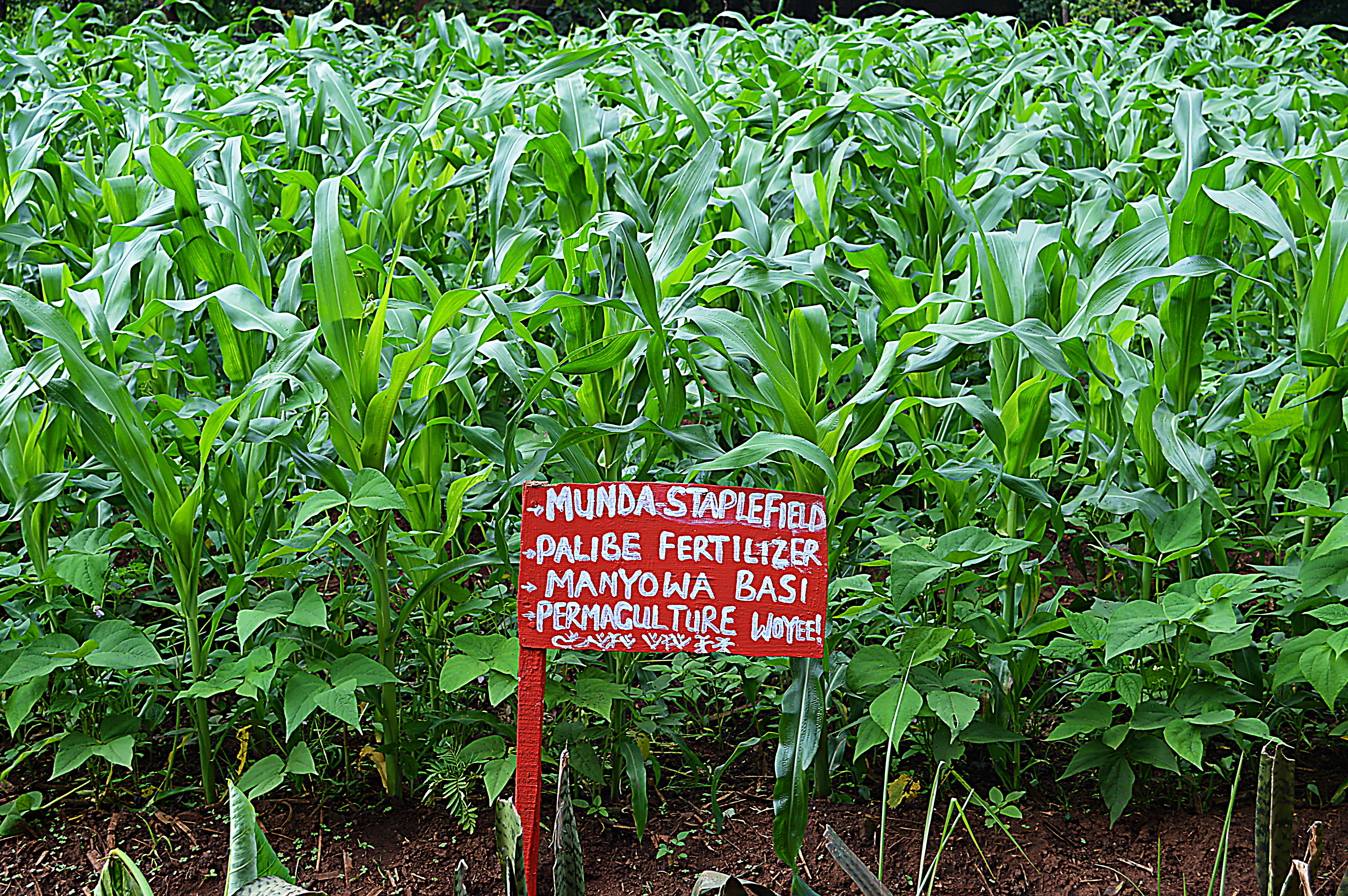

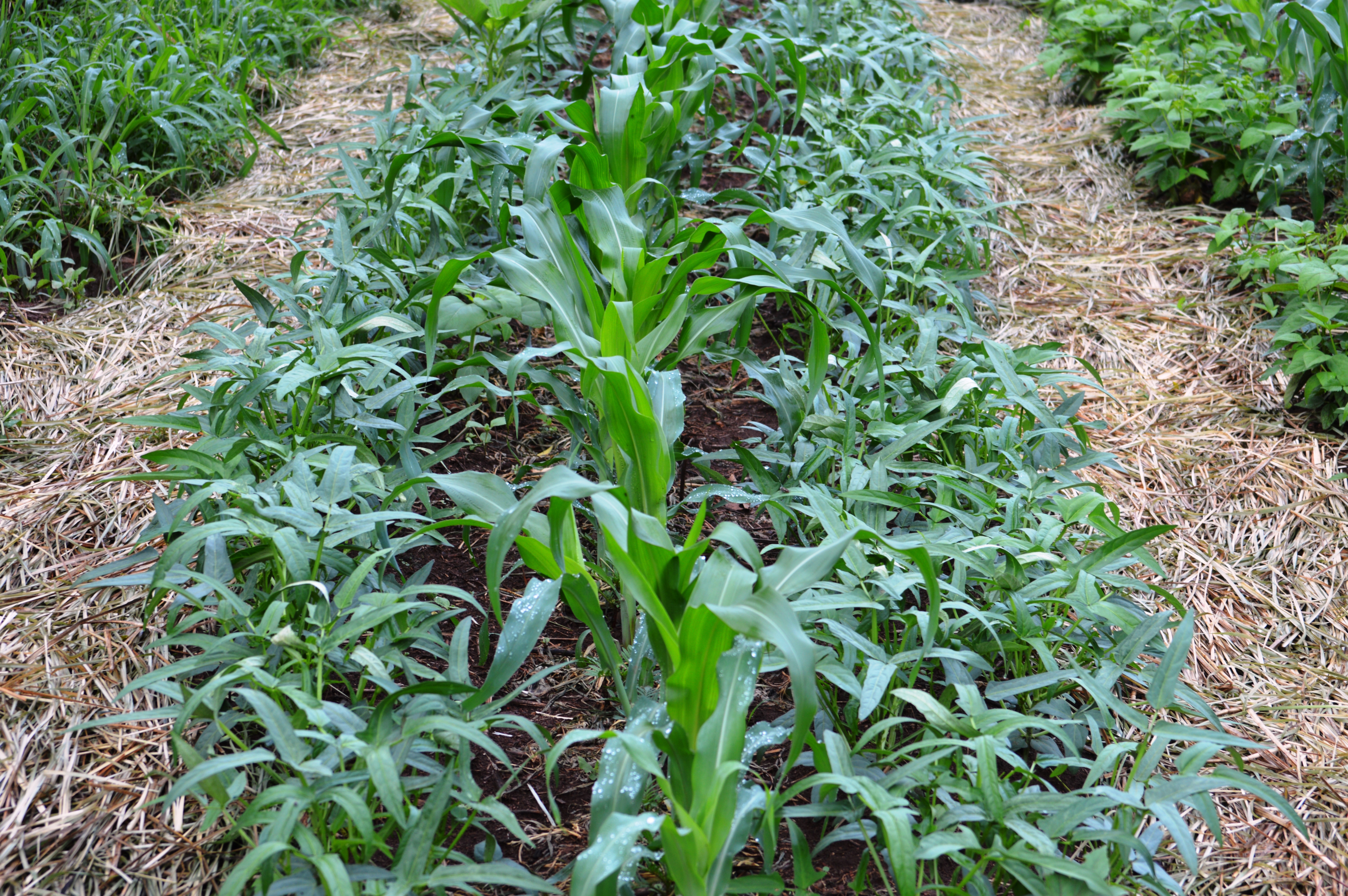
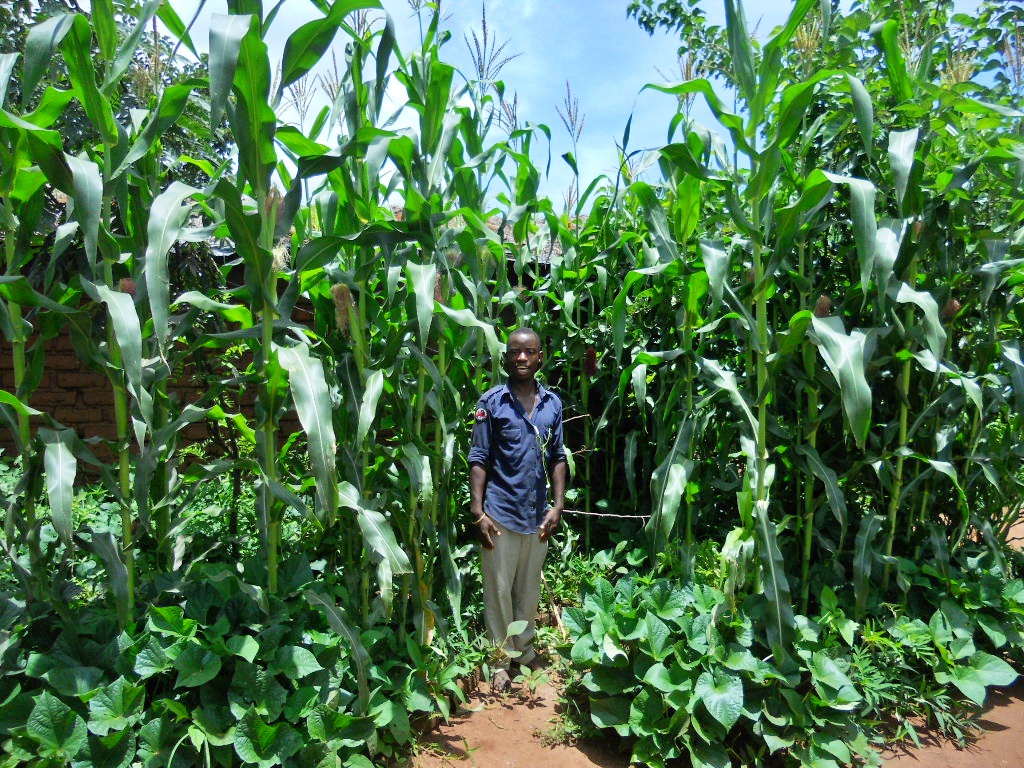
‘Zone 3’ areas tend to be seasonal, rain-fed, and often more focused on the production of main agricultural crops and commodities. Zone 3 would generally be where a typical maize field might be located in Malawi. When teaching Permaculture in Malawi, we emphasize a transition from a maize field into a healthier, more resilient, and diversified Zone 3. Maize can still be planted, but the planting systems should be designed to ensure some sort of permanence. If, at the end of a single growing season everything is removed from the area, then it falls short of being ‘permanent agriculture.’ A good Zone 3 area should incorporate all the best practices borrowed from agroecology, agroforestry, organic agriculture, regenerative agriculture, polyculture, integrated pest management, and diversified nutrition. The nice thing about converting a monocropped, chemically-dependent, and infertile maize field into a diversified, sustainable, and resilient Zone 3 area is that the majority of messages that farmers currently receive from agriculture extension workers are still feasible. Things like crop rotation can—and should—still be incorporated into Zone 3, alley-cropping with agroforestry species is still achievable, and crop diversification is not only recommended, but essential to Permaculture implementation. Good soil stewardship practices such as ‘conservation agriculture,’ mulching, and the intercropping of legumes are prerequisites to successful Zone 3 designs. Water harvesting, swale systems, and contour ridging are also characteristic traits of these areas. Other Zone 3 features may include boundary plantings with beneficial plants or protective ‘live-fencing,’ habitat restoration to encourage beneficial predators and pollinators, bee-keeping, larger animal enclosures, wildflower and bird sanctuaries, larger-scale fish ponds, and controlled grazing areas.
Zone 4
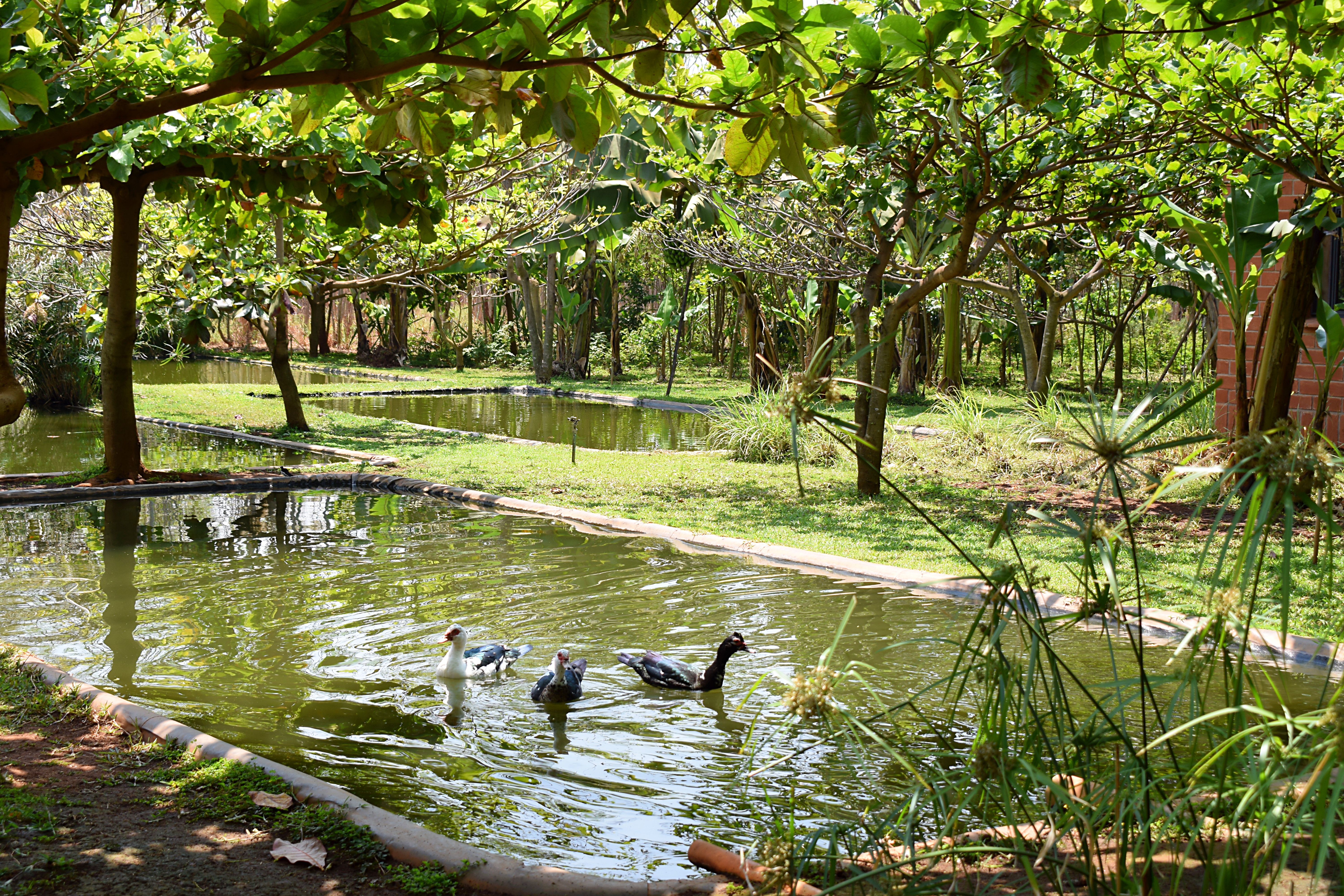
‘Zone 4’ is generally an area of managed forests or wood-lot areas. As with any good Permaculture design, the site should conform to meet the needs of that site. This means that when establishing a Zone 4, the designer should first determine what purposes that Zone 4 should be achieving. Zone 4 may be planned to provide fuelwood, building materials, high-value timber crops, non-timber forest crops (e.g., wild fruits, mushrooms, honey, natural medicines, etc.), fodder for animals, leguminous agroforestry species, windbreaks, or diverse sources of income generation. As zones are scaled up or down, depending upon size, a Zone 4 in a small city plot may only consist of a few useful trees in the backyard, whereas a Zone 4 on a larger site may be sufficient to support ecotourism, campgrounds, biking and hiking trails, sustainable hunting, free-range animal grazing, beekeeping, or foraging.
Zone 5
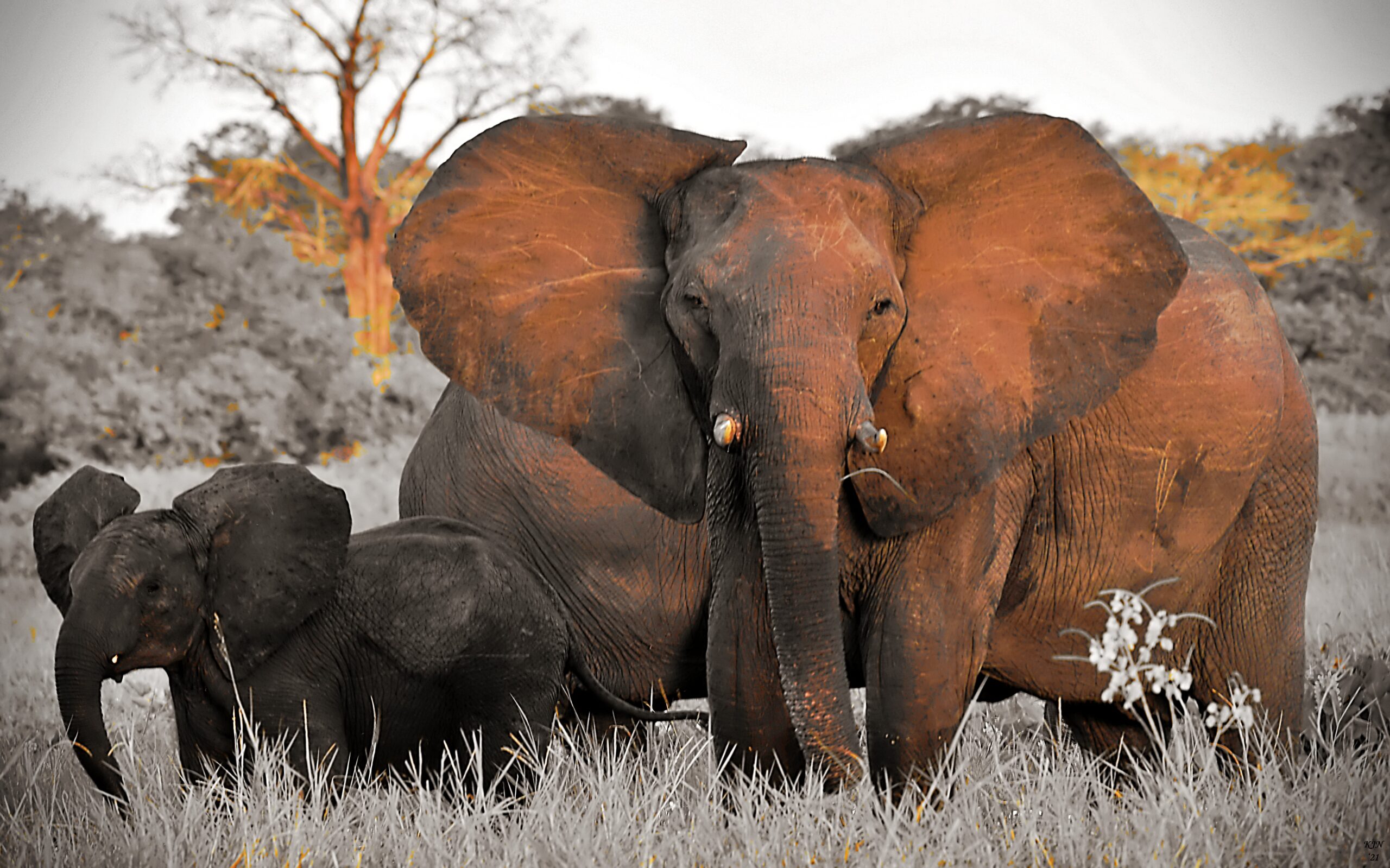
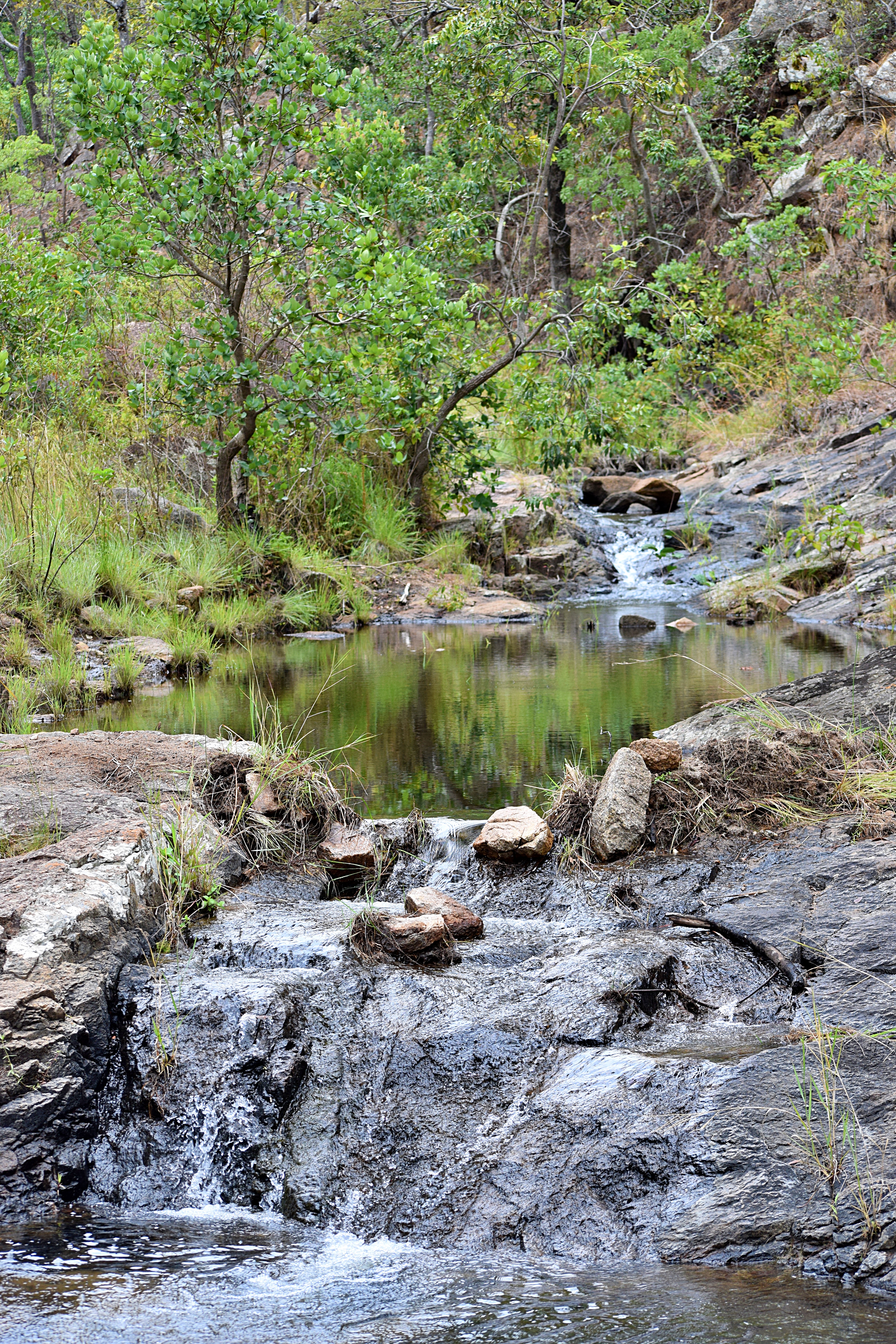
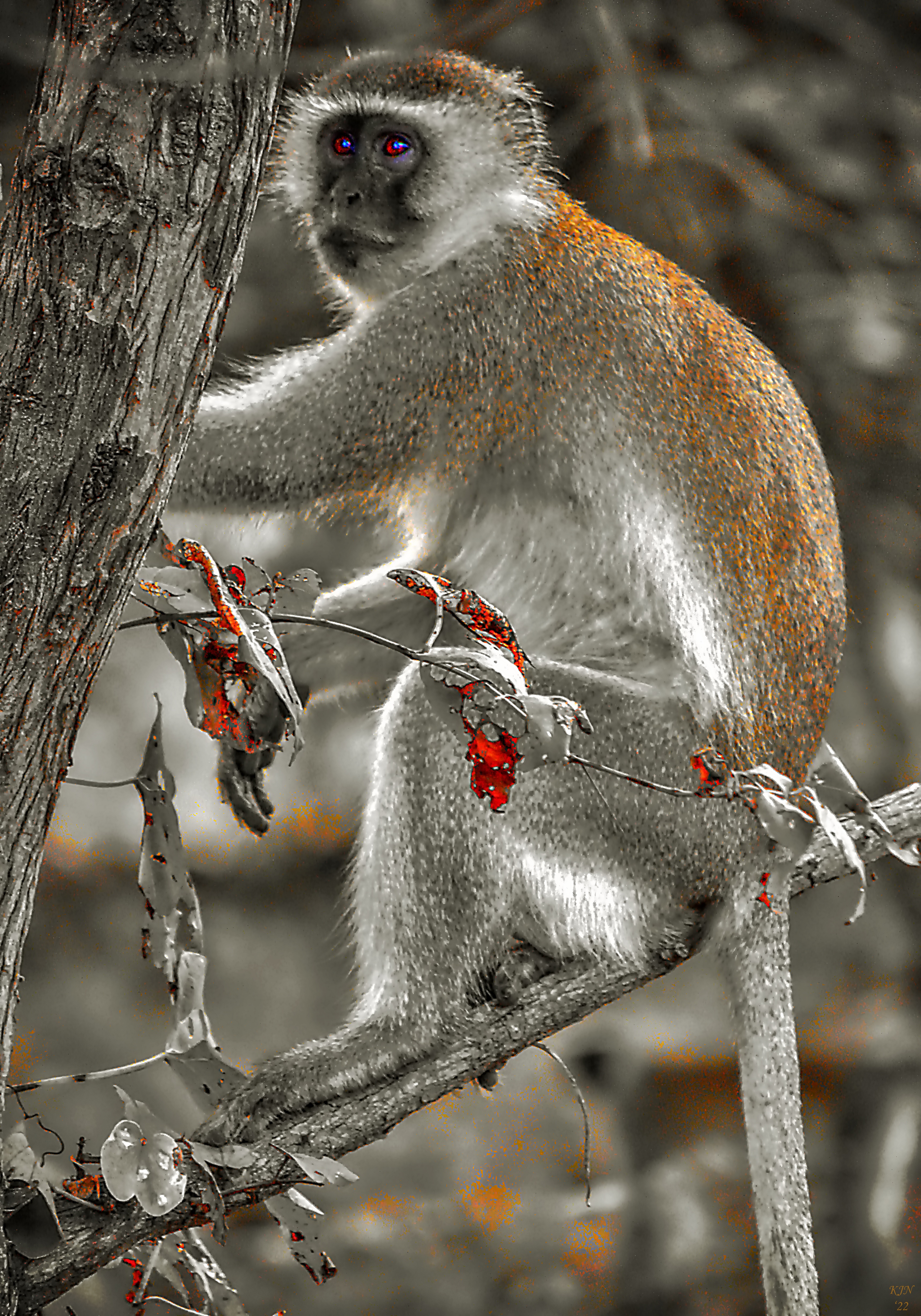
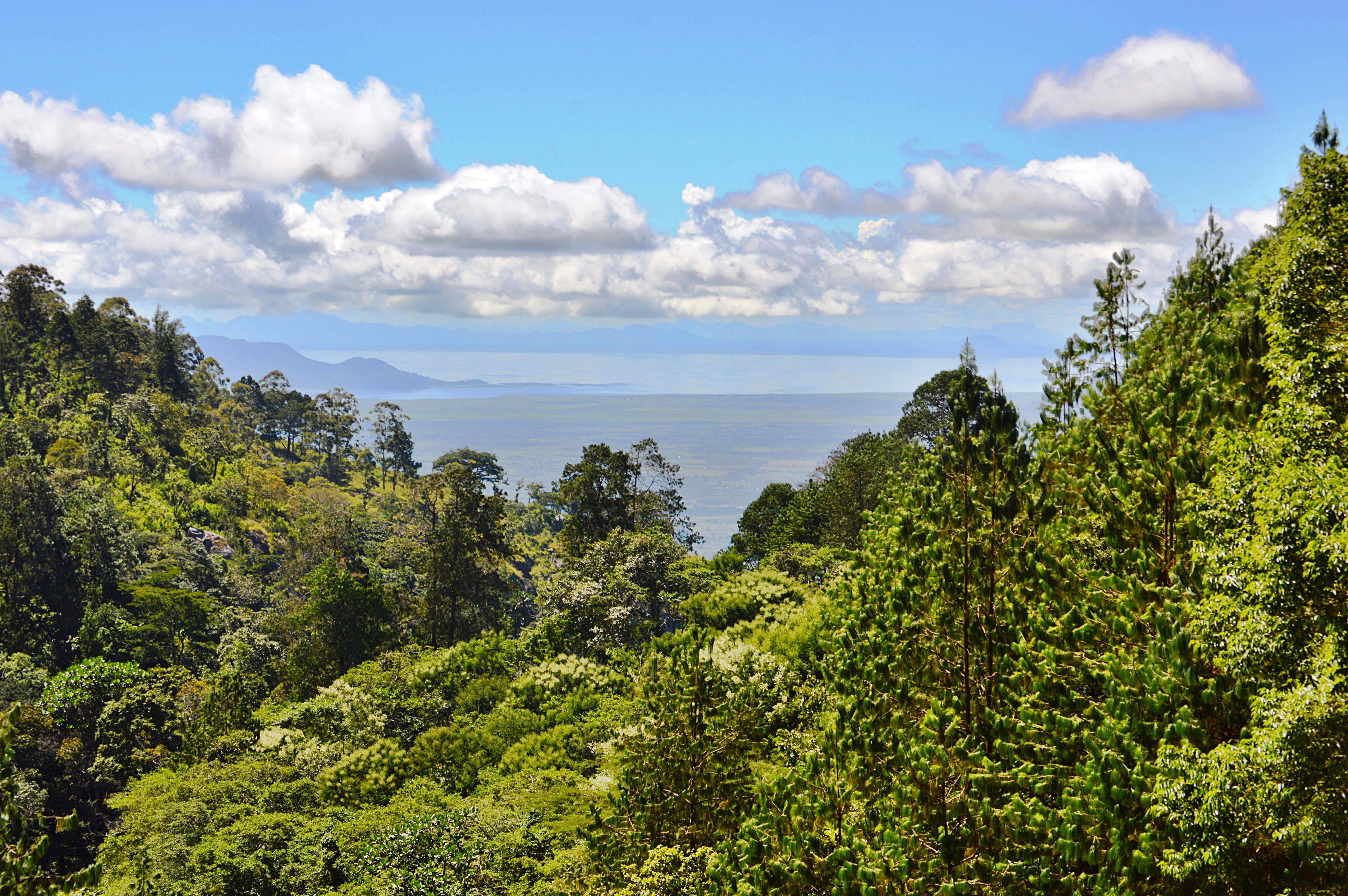
‘Zone 5’ is designed and managed by nature. If space allows, it is highly recommended to leave an area to remain in or return to its natural state. In agroecology, this is a practice often referred to as rewilding. As much as possible this should be an area which remains undisturbed, unharvested, and relatively unaffected by human influence. The importance of a healthy and robust Zone 5 is to help take care of the other zones. This is often an area where larger predators in the food chain can seek food, protection, and habitat. Zone 5 areas can help to replenish groundwater reserves while absorbing and filtering any excess runoff water. They also help to ensure a constant renewal of diverse ecological systems. But, perhaps the most important aspect of a healthy Zone 5 in terms of Permaculture design is that it acts as our teacher. All the lessons essential to maintaining ‘permanent culture’ can be found within natural forest systems. Lessons such as: biodiversity, biomimicry, biomass, propagation, conservation, water and air purification, nutrient cycling, carbon storage, food webs, seed dispersal, diverse habitats, transpiration, and so much more! When we encounter any challenges in Permaculture, the solutions can inevitably be found in Zone 5 if we are patient, willing, and receptive enough to interpret its lessons. When in doubt, ask yourself, “What would nature do?”
[1] http://www.fao.org/ag/agp/greenercities/en/ggclac/havana.html
[2] “Garden Cities of To-morrow” by Ebenezer Howard (1902), p.48
[3] http://10.150.35.18:6510/www.fao.org/3/I9535EN/i9535en.pdf
All donations go directly towards helping to spread Permaculture solutions throughout Malawi. Every little bit helps, and even a little can go a long way!
